Abstract:
Drawing upon years of teaching experience in the Pharmaceutical Analysis course,this study summarizes the instructional strategies and insights developed by the teaching team to address several key challenges in the subject.These include the three-point correction method in UV spectrophotometry,calculations involving residual titration with blank experiments,the self-controlled external standard method,and the conceptual design embedded in an eliminated analytical method.The paper also discusses complex topics such as the formaldehyde-sulfuric acid reaction and derivative spectrophotometry,which are often insufficiently explained in successive editions of textbooks.Additionally,the study explores optimized approaches for laboratory instruction.These experiences offer meaningful references for improving the quality of pharmaceutical analysis education and enhancing students' scientific thinking and practical skills.


 下载:
下载: